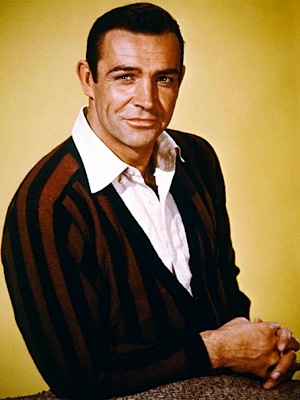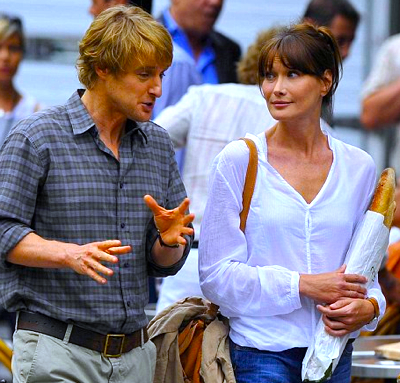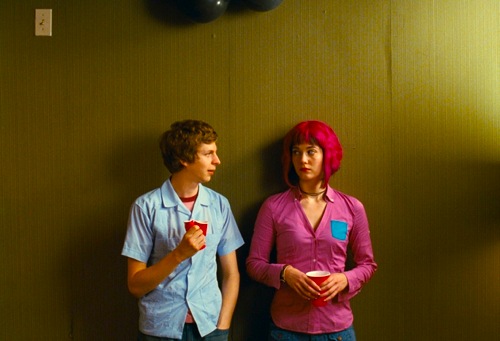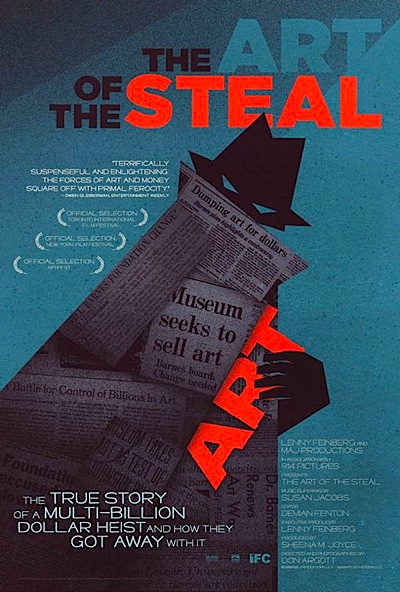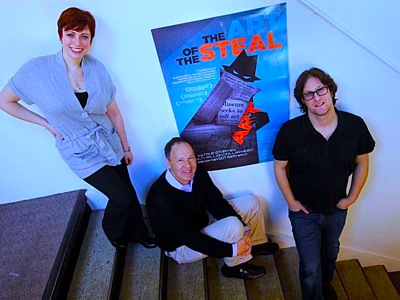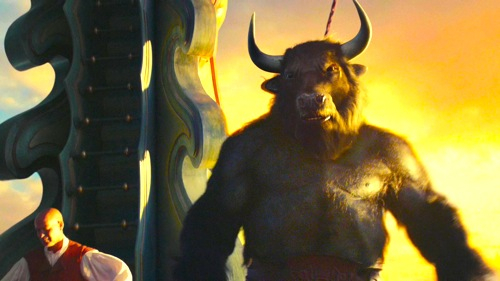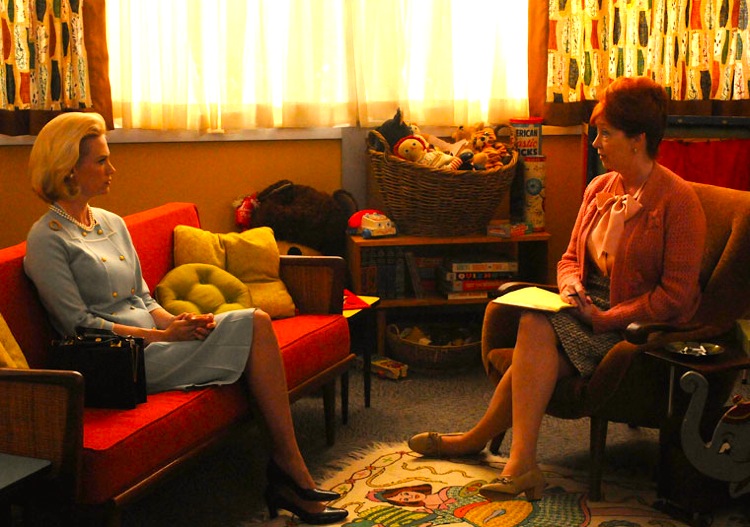
By Jennifer Baldwin. After two blessed Betty-free weeks, the former Mrs. Draper returns in this week’s episode. And wouldn’t you know it, this episode gave us Betty at her worst (the vindictive, Sally-smacking, “I’ll cut your fingers off!” mother from hell) and at her most sympathetic (Betty in the therapist’s office).
I’ve always been sympathetic to Betty when she’s in these therapy scenes. In the first season, her vulnerability with the (duplicitous) psychiatrist was heartbreaking; it was Betty at her most likable and human. Whenever she gets talking on the therapist’s couch, Betty often reveals more about herself than she knows — there’s a very wounded and messed up human being in there beneath the cold, aloof, shrewish surface. This is Betty at her most honest (even if she’s unaware of the honesty bleeding through her pretense) and as a result, it’s hard to hate her in these scenes. Perhaps that’s why I was so anti-Betty last season — we were only given the surface pretense and the outward coldness and very little of the inner, human Betty.
Well, we get human Betty again this week — after a long absence. In a meeting with a child psychiatrist (for Sally), Betty unknowingly starts having a therapy session with the shrink herself. This makes sense, of course, since Betty has been much more of a “child” than the other adult characters on the show (recall her twisted, sometimes tender, but ultimately creepy relationship with young Glenn Bishop). Betty doesn’t really reveal much outwardly, but the little pauses, the half sentences, the tone of her voice and her demeanor all show just how much pain Betty is in — and how much she’s trying to suppress and disguise it. Eeesh. Betty is so screwed up.
However, Betty does make a good point, re: Don. Why did Don plan a date when he knew he’d have the kids? Of course, Don reveals later to Faye in the break room that he doesn’t see his kids enough and he doesn’t know what to do with them when he does. He feels relief when he brings them back to Betty – but then afterward, he misses them. Eeesh. Don is so screwed up.
This episode had weird shifts in tone, from strange and disturbing (the Betty/Sally storyline) to comical and bouncy (all the stuff with Don and Miss Blankenship and the caper involving a rival agency and the Honda account). An uneven episode, and probably the season’s weakest overall (also: the first episode this season to not be written or co-written by Matthew Weiner).
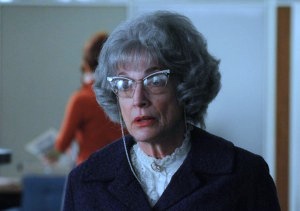
Which is not to say it doesn’t have some spectacular moments. The trick Don and Co. pull on rival agency CGC is pure delight — accompanied by the kind of swinging mid-60s music that makes it all seem like a Tony Curtis comedy. And everything involving Roger’s WWII service and his continued animosity toward the Japanese is precisely the thing that makes historical drama fascinating. It’s a peek inside the mind of a WWII vet, twenty years after the war. It’s hard for us to imagine now — that lingering hostility towards our WWII enemies — but Roger’s words and actions show how hard it was for some men to forget. Plus it gives us another perfect scene between Roger and Joan. Forget Peggy and Pete, and Don and Betty — Roger and Joan are my all-time favorite pairing.
Other points and observations:
On the weekly Pete front, I must say, Pete’s vocabulary always amuses. Vincent Kartheiser rolls out lines like “A Deerfield chum of mine” as if he’s been saying it his whole life. Also: “Christ on a cracker!” Seriously, where does he get this stuff?! And Pete speaks for many of us when he asks: “Who the hell is Dr. Lyle Evans?” (Is the line a red herring?).
I might be in the minority opinion, but I find the never-ending vaudeville comedy routine between Don and his new secretary, Miss Blankenship, to be a hoot. Yes, it’s rather low comedy, but it’s added a bit of levity to a show that sometimes takes itself too seriously.
Also good for some comedy gold: The Japanese, their translator, and one Joan Holloway Harris.
Honda Honcho (in Japanese, while staring at Joan’s breasts): “How does she not fall over?”
Joan (to the translator, noticing the Japanese staring eyes): “They’re not very subtle are they?”
Translator: “No.”
Bethany — who looks like Virginia Mayo — makes a reappearance this week. Also, who knew Benihana was around in the 60s? Apparently I need to bone up on my cultural knowledge!

Continuing Cultural Reference Watch: “A Margaret Dumont-sized disaster” (note that she died just about the time this episode took place); Man from U.N.C.L.E.; and of course, the title of the episode: The Chrysanthemum and the Sword.
It’s interesting how the Japanese this season are playing the role the British played last season. Culture clash and the growing influence of Asian culture on American culture: business and entertainment, Honda and Godzilla.
Also of note: I was indeed right — Dr. Faye was wearing a wedding ring. But … she’s not married! It’s basically a “keep away” sign for all the wolves. Of course, now that Don knows the ring is a fake, how long before he and Faye are “doing it,” as Sally would say? I predict it happens in two weeks.
Finally, the closing credits song was “I Enjoy Being a Girl,” as sung by Doris Day. “I Enjoy Being a Girl,” of course, is from the Rodgers and Hammerstein musical, Flower Drum Song, made into a film in 1961, and starring James Shigeta and Miyoshi Umeki. Both Japanese.
Posted on August 26th, 2010 at 10:05am.

